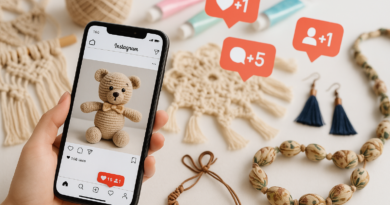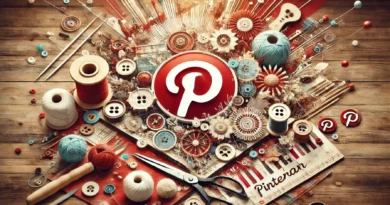Networking with Other Artists: Building Your Community
In an increasingly digitally connected world, many artists still feel isolated, even while constantly online. Although social media offers a showcase for creative work, building a community goes far beyond likes and followers. To grow artistically and professionally, it’s essential to invest in networking with other artists—a practice that involves genuine exchange, mutual support, and collaboration.
Many creators are hesitant to approach other professionals due to insecurity, fear of rejection, or simply not knowing how to start that kind of relationship. However, establishing true connections with other artists can open doors that would never be accessible when working alone. Creativity flourishes in collaborative environments, where ideas are freely shared and where there is room for continuous learning.
Engaging in networking with other artists is not about aggressive self-promotion, but about building meaningful bonds that enrich everyone’s journey. It’s about being an active part of a support network, where each individual shares and benefits from collective growth. Below, we’ll look at how to build this kind of community authentically and effectively.
1. Understand What an Artistic Community Is
First of all, it’s important to understand the true value of a community among artists. It’s not just a group of people with the same craft, but a safe space where experiences, frustrations, achievements, and learnings are shared. Networking with other artists is the path to creating this type of environment where you can feel welcomed and, at the same time, challenged to grow.
By connecting with other creative people, you gain access to different points of view, styles, techniques, and even professional opportunities. A well-built community can lead to collaborative projects, group exhibitions, partnerships in workshops, or even referrals for gigs and open calls.
Authenticity is essential in this process. Avoid seeing others as stepping stones to achieve your goals. Nurture relationships based on empathy and genuine interest in the other person’s work.
2. Practical Tips to Create Authentic Connections
Building true relationships can seem challenging, but some simple actions make all the difference. Here’s a step-by-step that might help:
Step 1: Attend artistic events, whether in person or online. Fairs, exhibitions, workshops, and livestreams are great places to meet other artists.
Step 2: Be active on social media in a strategic way. Comment on other artists’ posts with sincere compliments and relevant questions. This shows genuine interest.
Step 3: Offer help or collaborate. Sometimes, a small suggestion or compliment can be the beginning of a great professional friendship.
Step 4: Stay in touch. Relationships need to be nurtured. Send messages from time to time, congratulate achievements, or share opportunities that may interest the other.
Step 5: Create your own spaces. If you don’t find a community that welcomes you, start your own: a WhatsApp group, an artistic book club, or monthly online meetups are great beginnings.
3. Learn from the Diversity of Paths
Every artist has a unique story. By engaging in networking with other artists, you open yourself up to a plurality of experiences that can inspire and transform your way of creating. Talking to someone from another city, culture, or field can bring insights that would hardly emerge on your own.
Moreover, these exchanges generate empathy and broaden your vision of the artistic market. Often, when you share a difficulty, you discover that you are not alone—and that others have faced and overcome similar challenges. This exchange provides emotional strength and also enriches your practice.
4. Maintain Authenticity and Consistency
The key to success in any relationship—including professional ones—is authenticity. Don’t try to appear as someone you’re not just to please or impress. Showing vulnerability, doubts, and even insecurities is something that brings people closer. Networking with other artists works best when there’s sincerity involved.
Consistency is also important. There’s no point in trying to connect with someone and then disappearing. Community building happens over time, through small continuous actions. Be present, offer value, and be willing to learn as much as you teach.
Conclusion
Doing networking with other artists is an investment that brings returns not only professionally, but also on a human level. Building your artistic community means creating a space of joint growth, where support, inspiration, and partnerships become part of your journey.
Start with small gestures, stay open to new connections, and value each encounter. In the end, we are all creators in search of meaning, expression, and belonging—and it is in the company of other artists that this journey becomes richer and more meaningful.



